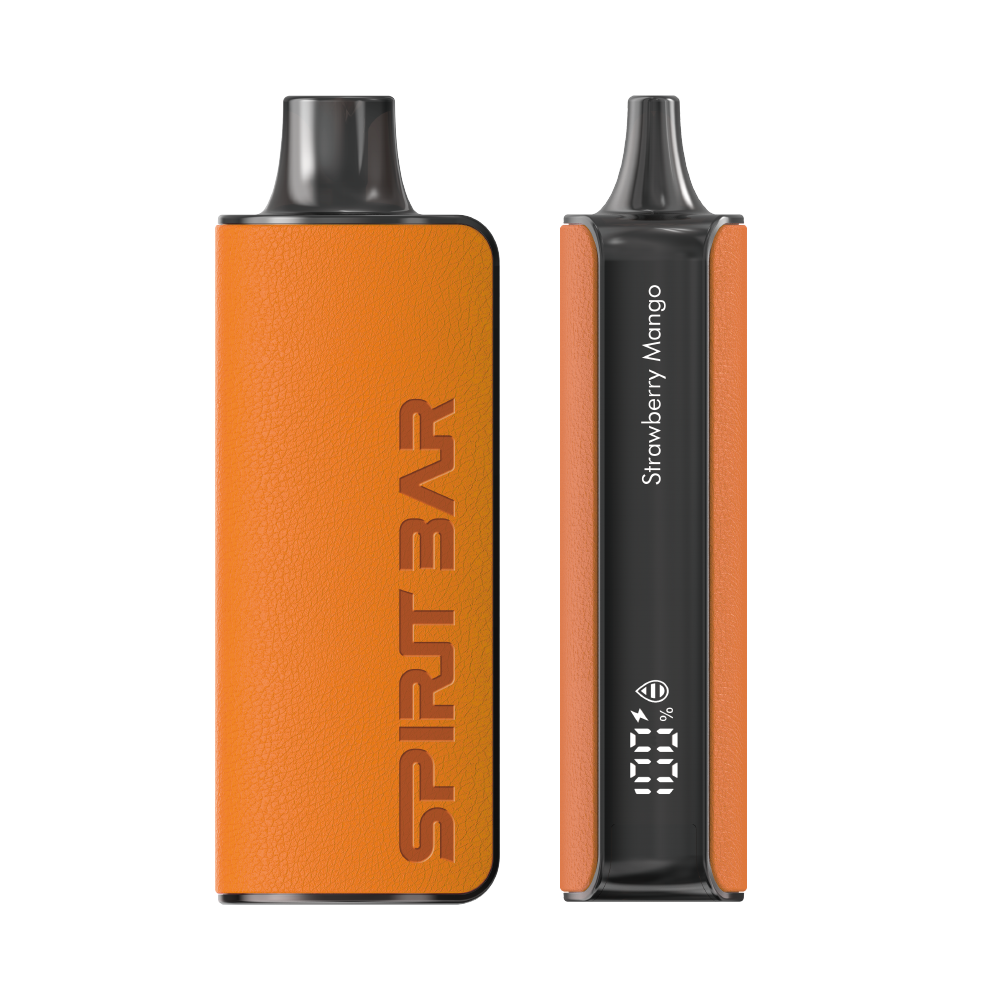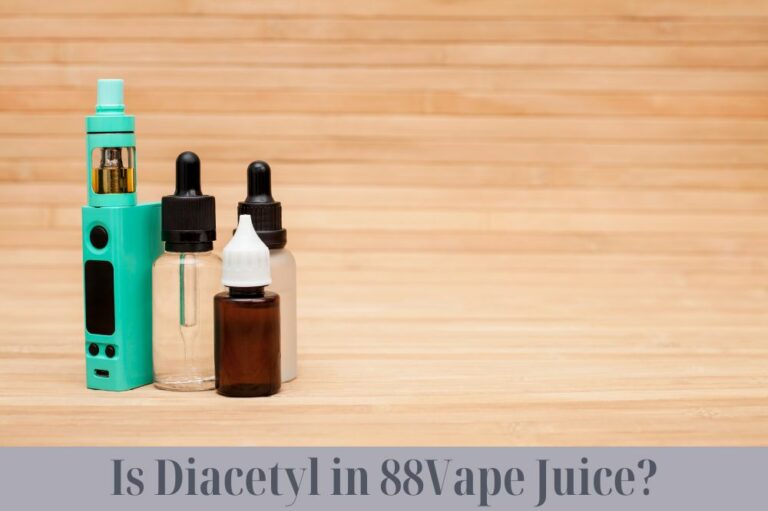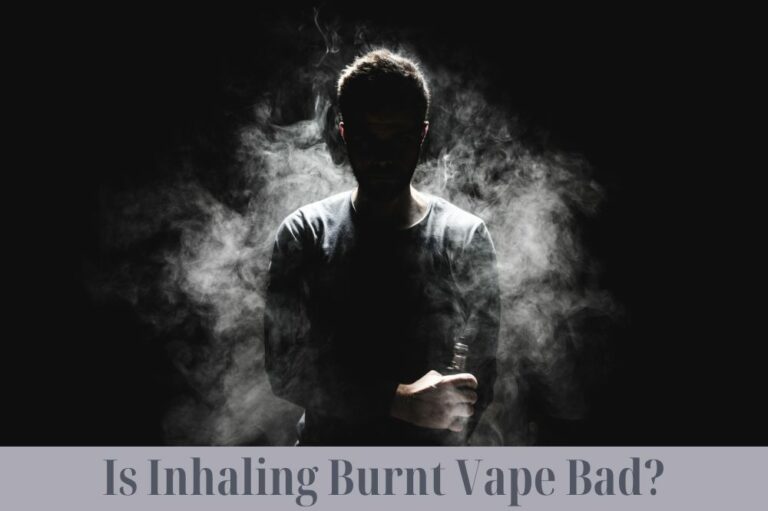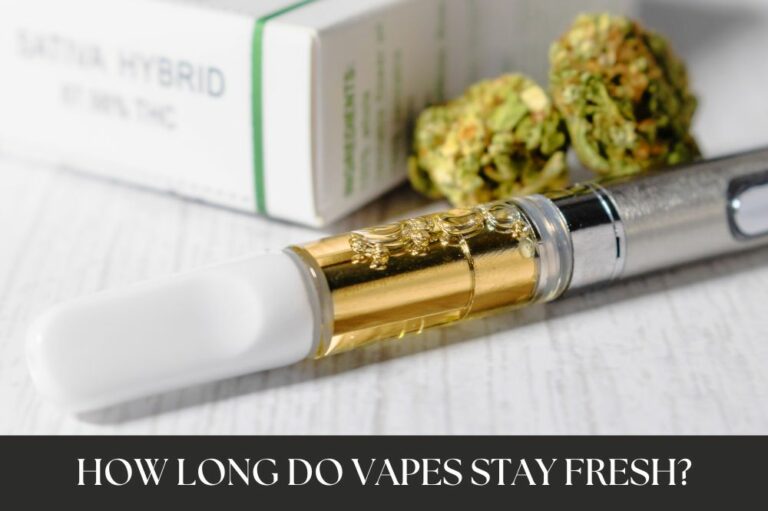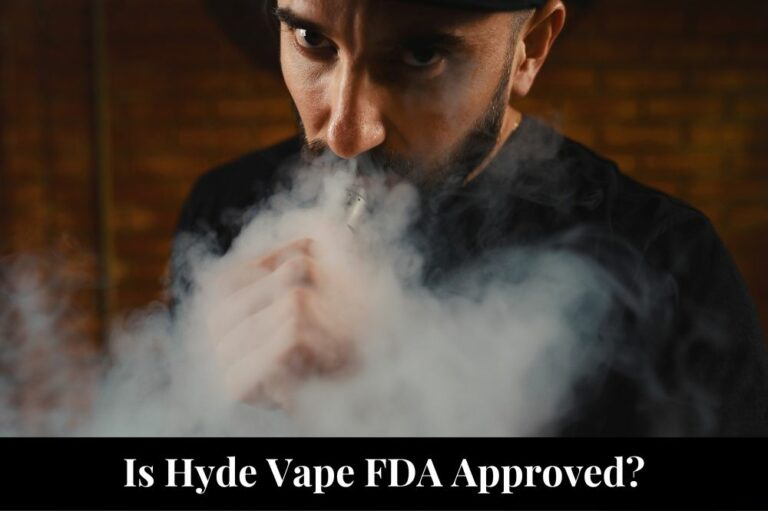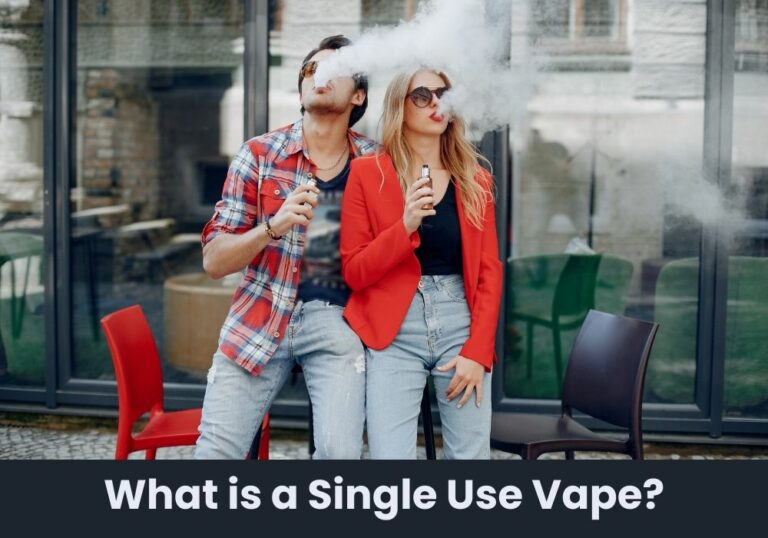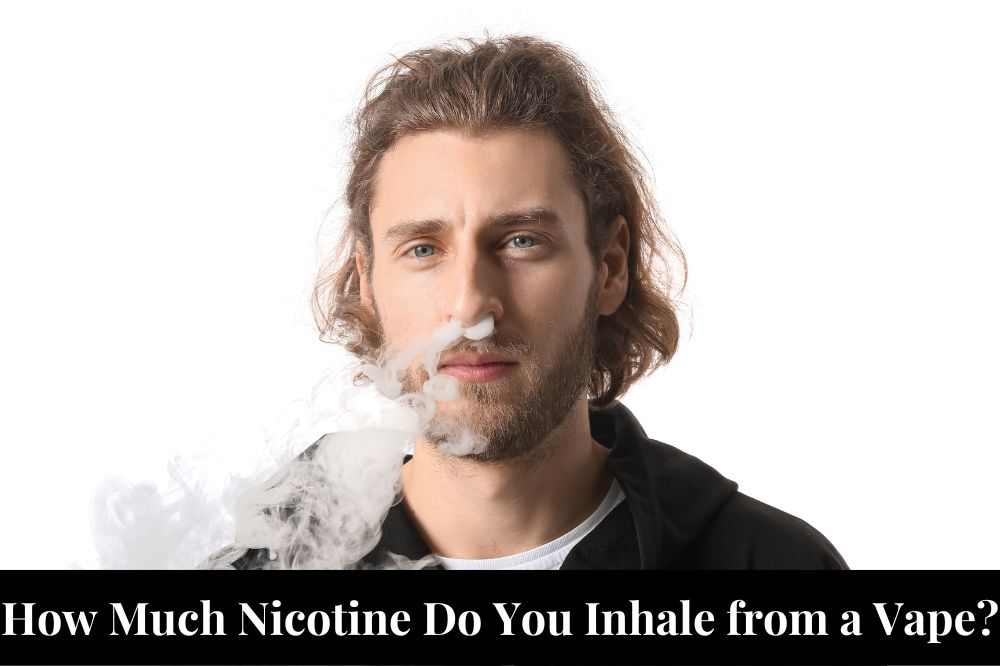
Vaping has become increasingly popular over the years as an alternative to traditional smoking. However, many people are still unsure about the amount of nicotine they inhale from vaping. As a vaper myself, I have done some research on this topic and can provide some insight into how much nicotine you can expect to inhale from a vape.
Firstly, it is important to note that the amount of nicotine you inhale from vaping can vary depending on several factors. These factors include the type of device you are using, the strength of the e-liquid, and how often you vape. Generally, a typical e-liquid contains anywhere from 0 to 36 milligrams of nicotine per milliliter, with most e-liquids ranging from 3 to 12 milligrams per milliliter.
When you inhale from a vape, the amount of nicotine you inhale will depend on how much vapor you inhale and the nicotine concentration in the e-liquid. Nicotine absorption also varies depending on the type of device you use, with pod systems generally delivering more nicotine per puff compared to larger devices. Overall, it is important to be aware of the nicotine content in your e-liquid and how much you are inhaling to ensure you are not exceeding your desired nicotine intake.
Understanding Vaping
What is Vaping?
Vaping is the act of inhaling smoke-looking vapor from an electronic cigarette or vape device. Vaping simulates smoking but in a less harmful manner. A flavored nicotine liquid called vape juice (e-juice) is what’s in a vape, but not all vapes contain nicotine.
The vapor that is inhaled from a vape contains a mixture of chemicals, including nicotine, which is the addictive substance found in tobacco. The amount of nicotine inhaled depends on the nicotine content of the e-juice used and the vaping device used.
Types of Vaping Devices
There are many types of vaping devices available in the market. Some of the most common types of vaping devices include:
SPIRITBAR Katana BP10000
- Slender, leather-textured body reminiscent of a katana handle for an authentic samurai feel
- Unique samurai-inspired e-liquid flavor - fruity yet not too sweet, with a luxurious, elegant aroma
- Powerful 650mAh rechargeable battery for extended vaping time
- Large 18ml e-liquid capacity and 10,000 puff capacity
- Advanced mesh coil and e-liquid & power display screens for optimal vaping experience
The special juice captures the essence of the samurai spirit with its rich, smoothly pulsating flavor that brings new satisfaction with every puff. The device's slender, leather-textured design evokes the grip of a samurai's katana, making this product a perfect choice for beginner vapors.
- Cigalikes: These are the simplest type of vaping devices and are designed to look and feel like traditional cigarettes. They are small and lightweight and are often used by people who are new to vaping.
- Vape Pens: These are slightly larger than cigalikes and often have a refillable tank that holds the e-juice. They are more powerful than cigalikes and produce more vapor.
- Box Mods: These are the most powerful type of vaping device and are often used by experienced vapers. They have a large battery and can be customized with different tanks and coils to produce more vapor.
It’s important to note that the type of vaping device used can affect the amount of nicotine and other chemicals that are inhaled. For example, a more powerful device may produce more vapor, which can lead to more nicotine being inhaled.
Overall, it’s important to understand the potential risks associated with vaping and to use vaping devices responsibly.
Nicotine in Vapes
Nicotine is the main addictive substance in cigarettes and vapes. It is a highly addictive substance that can cause harm to the body when consumed in large amounts. In this section, I will discuss the different levels of nicotine found in vapes and how it is delivered through vapes.
SPIRITBAR Jack’s Flask 9000 Puffs
- Stylish pirate flask-shaped body providing an exciting vaping experience
- Delivering up to 9000 puffs per device
- 20ml e-liquid capacity with 50mg nicotine strength for satisfying throat hit
- Specialized pirate-themed e-juice flavors for rich, swirling taste
- Premium mesh coil optimizes flavor profile for maximum vaping enjoyment
This disposable vape captures the daring spirit of the high seas with its flask styling and signature pirate e-juice flavors. The extraordinary battery life provides 9000 indulgent puffs for extended vaping pleasure. Live boldly and freely with the Jack's Flask - a legendary vaping experience fit for a pirate's adventures.
Nicotine Levels in Different Vapes
The amount of nicotine in vapes can vary depending on the type of vape and the brand of e-juice used. Some vapes contain high levels of nicotine, while others contain little to no nicotine at all. It is important to note that not all vapes contain nicotine.
According to an article on Vaping360, the nicotine levels in e-juice can range from 0mg to 50mg per milliliter (ml). Vapes that contain high levels of nicotine are often used by heavy smokers who are trying to quit smoking. On the other hand, vapes that contain little to no nicotine are often used by people who are trying to quit smoking or who do not want to consume nicotine.
How Nicotine is Delivered Through Vapes
Nicotine is delivered through vapes in the form of an aerosol. When a person inhales from a vape, the e-juice is heated and turned into an aerosol, which is then inhaled into the lungs. The nicotine in the aerosol is then absorbed into the bloodstream through the lungs.
According to an article on Johns Hopkins Medicine, the nicotine in vapes is absorbed into the bloodstream more slowly than the nicotine in cigarettes. This means that vapes may be less addictive than cigarettes.
It is important to note that while vapes may be less harmful than cigarettes, they are still not completely safe. Vapes can still cause harm to the body and can be addictive. It is important to use vapes responsibly and to consult with a healthcare professional before using vapes to quit smoking.
Inhaling Nicotine from Vapes
How Much Nicotine is Inhaled?
The amount of nicotine inhaled from a vape depends on several factors, including the strength of the e-liquid, the type of device used, and the user’s vaping style. E-liquids come in different nicotine strengths, ranging from 0 mg/mL to as high as 60 mg/mL. A higher nicotine concentration means more nicotine is delivered per puff.
According to Johns Hopkins Medicine, the amount of nicotine inhaled from a vape can vary widely, with some people inhaling as little as 1 mg of nicotine per puff, while others can inhale as much as 30 mg per puff. On average, a single puff from a vape can deliver anywhere from 0.5 mg to 15 mg of nicotine, depending on the factors mentioned above.
Factors Influencing Nicotine Inhalation
Several factors can influence how much nicotine is inhaled from a vape. These include:
- Device type: Different types of vaping devices deliver nicotine differently. For example, pod systems and cigalikes are designed for mouth-to-lung (MTL) vaping, which tends to deliver less nicotine per puff compared to direct-to-lung (DTL) devices like sub-ohm tanks and rebuildable atomizers.
- E-liquid strength: As mentioned earlier, e-liquids come in different nicotine strengths. Higher nicotine concentrations deliver more nicotine per puff.
- Vaping style: The way a person vapes can also affect how much nicotine is inhaled. For example, taking longer, deeper puffs can deliver more nicotine compared to shorter, shallower puffs.
- Coil resistance: The resistance of the coil in a vape device can also affect how much nicotine is delivered. Lower resistance coils tend to produce more vapor and deliver more nicotine compared to higher resistance coils.
- Airflow: The amount of airflow in a device can also affect how much nicotine is inhaled. Devices with more airflow tend to produce less vapor and deliver less nicotine compared to devices with less airflow.
In summary, the amount of nicotine inhaled from a vape can vary widely depending on several factors. While some people may inhale more nicotine per puff than others, it’s important to remember that vaping is not a safe alternative to smoking and can still be addictive and harmful to health.
SPIRITBAR Katana BP10000
- Slender, leather-textured body reminiscent of a katana handle for an authentic samurai feel
- Unique samurai-inspired e-liquid flavor - fruity yet not too sweet, with a luxurious, elegant aroma
- Powerful 650mAh rechargeable battery for extended vaping time
- Large 18ml e-liquid capacity and 10,000 puff capacity
- Advanced mesh coil and e-liquid & power display screens for optimal vaping experience
The special juice captures the essence of the samurai spirit with its rich, smoothly pulsating flavor that brings new satisfaction with every puff. The device's slender, leather-textured design evokes the grip of a samurai's katana, making this product a perfect choice for beginner vapors.
Health Implications
Vaping has become increasingly popular in recent years, but it’s important to understand the potential health implications associated with inhaling nicotine from a vape. In this section, I will discuss the short-term and long-term effects of vaping.
Short-Term Effects
When you inhale nicotine from a vape, it is absorbed into your bloodstream through your lungs. Nicotine is a stimulant that can cause a number of short-term effects, including:
- Increased heart rate
- Elevated blood pressure
- Dizziness
- Nausea
- Headache
- Coughing
- Irritation of the eyes and throat
These effects can be particularly pronounced for first-time vapers or those who inhale large amounts of nicotine in a short period of time.
Long-Term Effects
The long-term effects of vaping are still being studied, but there is evidence to suggest that it can have negative impacts on your health over time. Some of the potential long-term effects of vaping include:
- Lung damage: Vaping can cause lung damage and inflammation, which can lead to chronic obstructive pulmonary disease (COPD) and other respiratory issues.
- Cardiovascular disease: Nicotine can increase your risk of developing cardiovascular disease, including heart attack and stroke.
- Cancer: While the long-term effects of vaping on cancer risk are not yet fully understood, some studies have suggested that it may increase your risk of developing certain types of cancer.
It’s important to note that the long-term effects of vaping are still being studied, and more research is needed to fully understand the potential health implications.
In conclusion, while vaping may be a less harmful alternative to smoking traditional cigarettes, it’s important to understand the potential health implications associated with inhaling nicotine from a vape. Short-term effects can include increased heart rate, elevated blood pressure, and irritation of the eyes and throat. Long-term effects may include lung damage, cardiovascular disease, and an increased risk of cancer.
Regulation and Control
Current Regulations
The regulation of vaping devices and e-cigarettes varies by country and region. In the United States, the Food and Drug Administration (FDA) regulates the manufacture, distribution, and marketing of tobacco products, including e-cigarettes and vaping devices. In 2016, the FDA extended its authority to include all tobacco products, including e-cigarettes and vaping devices.
The regulations require manufacturers to register their products with the FDA and get approval before marketing them. The regulations also require manufacturers to disclose the ingredients in their products and to include health warnings on their packaging. Additionally, the regulations prohibit the sale of e-cigarettes and vaping devices to minors.
In Europe, the regulation of e-cigarettes and vaping devices is determined by the Tobacco Products Directive (TPD). The TPD regulates the manufacture, presentation, and sale of tobacco products, including e-cigarettes and vaping devices. The regulations require manufacturers to notify the relevant authorities before marketing their products and to include health warnings on their packaging.
Safety Measures
The safety of e-cigarettes and vaping devices is a concern for regulators and consumers alike. The heating element in e-cigarettes and vaping devices can reach very high temperatures, and there have been instances of devices exploding or catching fire. In response, manufacturers have implemented safety features, such as automatic shut-off mechanisms and temperature controls.
Another safety concern is the risk of nicotine poisoning. E-cigarettes and vaping devices can contain high levels of nicotine, which can be dangerous if ingested or absorbed through the skin. To reduce this risk, manufacturers have developed child-resistant packaging and warning labels.
In conclusion, the regulation and control of e-cigarettes and vaping devices are important for ensuring their safety and protecting consumers. The current regulations in the United States and Europe aim to achieve these goals by requiring manufacturers to disclose their ingredients, include health warnings on their packaging, and implement safety features. However, there is still much to be done to ensure the safety of these products, and regulators must continue to monitor and update their regulations as new information becomes available.
Frequently Asked Questions
How much nicotine is in a JUUL pod compared to a cigarette?
JUUL pods contain 5% nicotine by weight, which is equivalent to approximately 59 milligrams of nicotine per milliliter of liquid. In comparison, a typical cigarette contains about 12 milligrams of nicotine. This means that one JUUL pod is roughly equivalent to smoking a pack of cigarettes in terms of nicotine content.
Is 2% nicotine a lot in a vape?
2% nicotine by weight is equivalent to approximately 23 milligrams of nicotine per milliliter of liquid. While this is less than the 5% nicotine found in JUUL pods, it is still considered a high concentration of nicotine. It is important to note that the amount of nicotine in a vape can vary depending on the brand and type of device, so it is always best to check the label and do your research.
How does a 5% nicotine vape compared to a cigarette?
As mentioned earlier, a JUUL pod contains about as much nicotine as a pack of cigarettes. However, the way nicotine is delivered to the body through vaping is different from smoking. When you smoke a cigarette, the nicotine is absorbed through the lungs and into the bloodstream within seconds. With vaping, the nicotine is absorbed more slowly through the lungs, so you may not feel the effects as quickly. Additionally, the amount of nicotine you inhale from a vape can vary depending on how deeply you inhale and how long you hold the vapor in your lungs.
How much nicotine is in a Lost Mary vape?
The amount of nicotine in a Lost Mary vape can vary depending on the specific product. It is important to check the label and do your research to determine the nicotine content of any vape product you are using.
How much nicotine is in a Marlboro cigarette?
A typical Marlboro cigarette contains about 12 milligrams of nicotine.
Do you inhale nicotine vape into lungs?
Yes, when you use a vape device, you inhale the vapor into your lungs. The nicotine is absorbed through the lungs and into the bloodstream, just like with smoking. It is important to note that vaping can still be harmful to your health, even if it is less harmful than smoking.

